Frederica Freyberg:
In education news, just as the school year is about to begin, new research shows a record number of teacher turnovers last year in Wisconsin. That’s leaving their districts or the teaching profession altogether. What’s going on with these trends? The Wisconsin Policy Forum just released a report on turnover rates for teachers, spanning from 2009 to 2023, describing last year as a surge. The turnover rate was nearly 16%, with more than 9,700 turnovers last year, up from about 11.5% with more than 97,000 turnovers over the last 15 years. We turn to the Policy Forum senior education researcher Sara Shaw for more on this. Thanks for being here.
Sara Shaw:
My pleasure, Frederica.
Frederica Freyberg:
Did these numbers surprise you at the end of this research?
Sara Shaw:
The pandemic numbers as a whole, starting with 2021, which was that first full year impacted by the pandemic, were a little bit of a mystery box. We had been hearing concerns of turnover for years. It’s part of why we wanted to look into the issue. And in 2021, instead of seeing a surge, we actually see a dip to below average rates of turnover, and in hindsight, that seems like teachers who, in the midst of all of the instability of those first months of COVID, were staying put either because of the economic security and/or wanting to be there for their kids. And then 2022, it starts creeping up, and by the time we hit 2023, as you said, it’s the highest number of — the highest rate of turnover that we saw in the years studied. That included the highest rate of moves, so teachers moving from one district to teach in another district and leaves, which are teachers who are leaving the public school classroom in Wisconsin altogether for whatever reason.
Frederica Freyberg:
What did you find out about why this is happening?
Sara Shaw:
Those leaves in particular and the moves seem to be tied not only to some of the things that people think about specific to education, which is to say the strain of the pandemic, the increasing politicization and other external factors really putting pressure on the system, but also the broader economy. So in the same way that in 2010 and 2011 where we had the great recession and a lot of teachers were really staying put because teaching is, if not a large paycheck, a very steady paycheck, the reaction to the economy in the last year where it’s very low unemployment rates, a very tight labor market and high inflation seems to have given teachers more mobility, again, not just to leave the profession, but also between districts.
Frederica Freyberg:
Where is the turnover most acute in Wisconsin?
Sara Shaw:
So it is a generally widespread issue. We didn’t have a single district type that we looked at that was under a 10% turnover rate on average, but it is being felt most in our districts that can least afford to be able to have such turnover. So specifically our smallest rural districts were really hit hard. That’s both — that’s looking over the full-time period that we studied. In addition, our districts that are serving majority of low-income students and the majority of students — a majority of students of color were also seeing higher than average rates of turnover, and that’s particularly concerning during the COVID years when, of course, the pandemic created so much instability. A certain amount of teacher turnover is not a bad thing. It might be just the way that people move between jobs trying to find a good fit, but elevated levels is when we start to worry.
Frederica Freyberg:
So where do elevated levels of turnover leave the children that these teachers are teaching?
Sara Shaw:
It leaves children without consistency. So that means both without consistency of relationships, of being able to know there’s an adult in the classroom there for them, but also consistency in the school culture. It can be very hard in a school that is facing a lot of churn of teachers to maintain an identity or to maintain any kind of change in improvement processes that a leader or a district might be trying to undertake. So it can be done, and certainly in cases where perhaps there’s a less effective teacher being replaced by a more effective teacher, maybe that’s a good thing, but that’s often not the way the movement goes and typically it’s our students who pay the price.
Frederica Freyberg:
So Black teachers in your research had significantly higher turnover rates than white teachers. What explains that?
Sara Shaw:
Some of it is explained circumstantially in that these teachers who are Black are also concentrated in districts that saw overall turnover rates that were higher for all races and ethnicities of teachers. So it may be that it’s these districts that as a whole are experiencing higher than average turnover. It could also be something unique to the experience of the teachers, and the forum has in the past recorded on teacher diversity and the barriers that teachers of color face in getting to the classroom in the first place and then remaining there feeling like they are valued as part of a school.
Frederica Freyberg:
With really just about a minute left, what are the policy prescriptions for retaining teachers?
Sara Shaw:
Well, the first is to think about it as retention. Oftentimes when we think about the pay plan for teachers, there’s a lot of focus on recruitment and getting new teachers into the classroom. This report shows us that we need to be thinking about retention just as much as we’re bringing new teachers in and not keeping them in the classroom, the problem continues. There are also some tailored solutions that can help retain teachers, whether that’s figuring out hard-to-staff areas, hard-to-staff subject areas or schools and attaching whether it’s supports or financial incentives to really help target where the needs are to retain teachers there.
Frederica Freyberg:
All right. Sara Shaw from the Wisconsin Policy Forum, thanks very much.
Sara Shaw:
Thank you, Frederica.
Search Episodes
News Stories from PBS Wisconsin

Donate to sign up. Activate and sign in to Passport. It's that easy to help PBS Wisconsin serve your community through media that educates, inspires, and entertains.
Make your membership gift today
Only for new users: Activate Passport using your code or email address
Already a member?
Look up my account
Need some help? Go to FAQ or visit PBS Passport Help
Need help accessing PBS Wisconsin anywhere?

Online Access | Platform & Device Access | Cable or Satellite Access | Over-The-Air Access
Visit Access Guide
Need help accessing PBS Wisconsin anywhere?

Visit Our
Live TV Access Guide
Online AccessPlatform & Device Access
Cable or Satellite Access
Over-The-Air Access
Visit Access Guide
 Passport
Passport





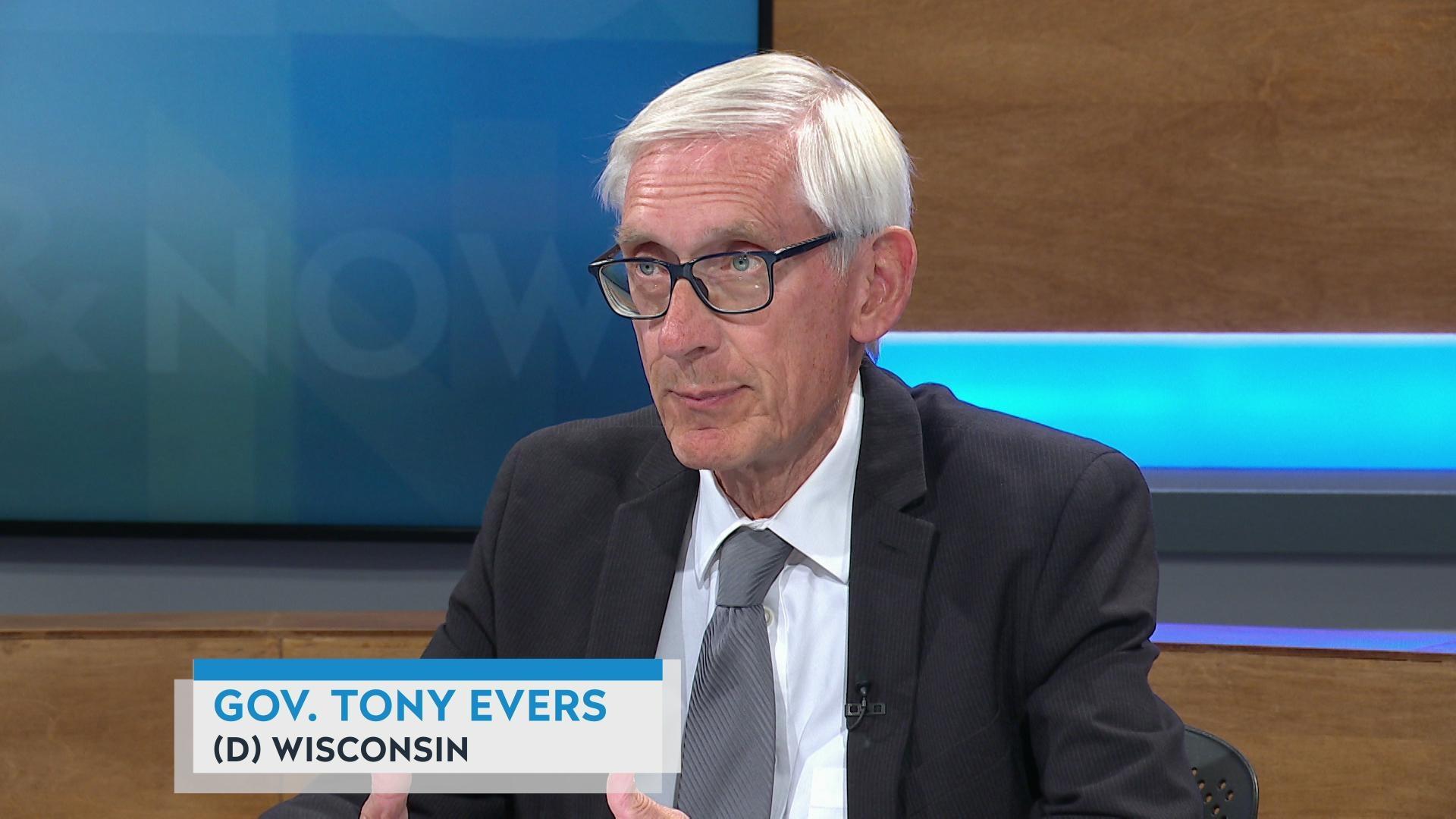
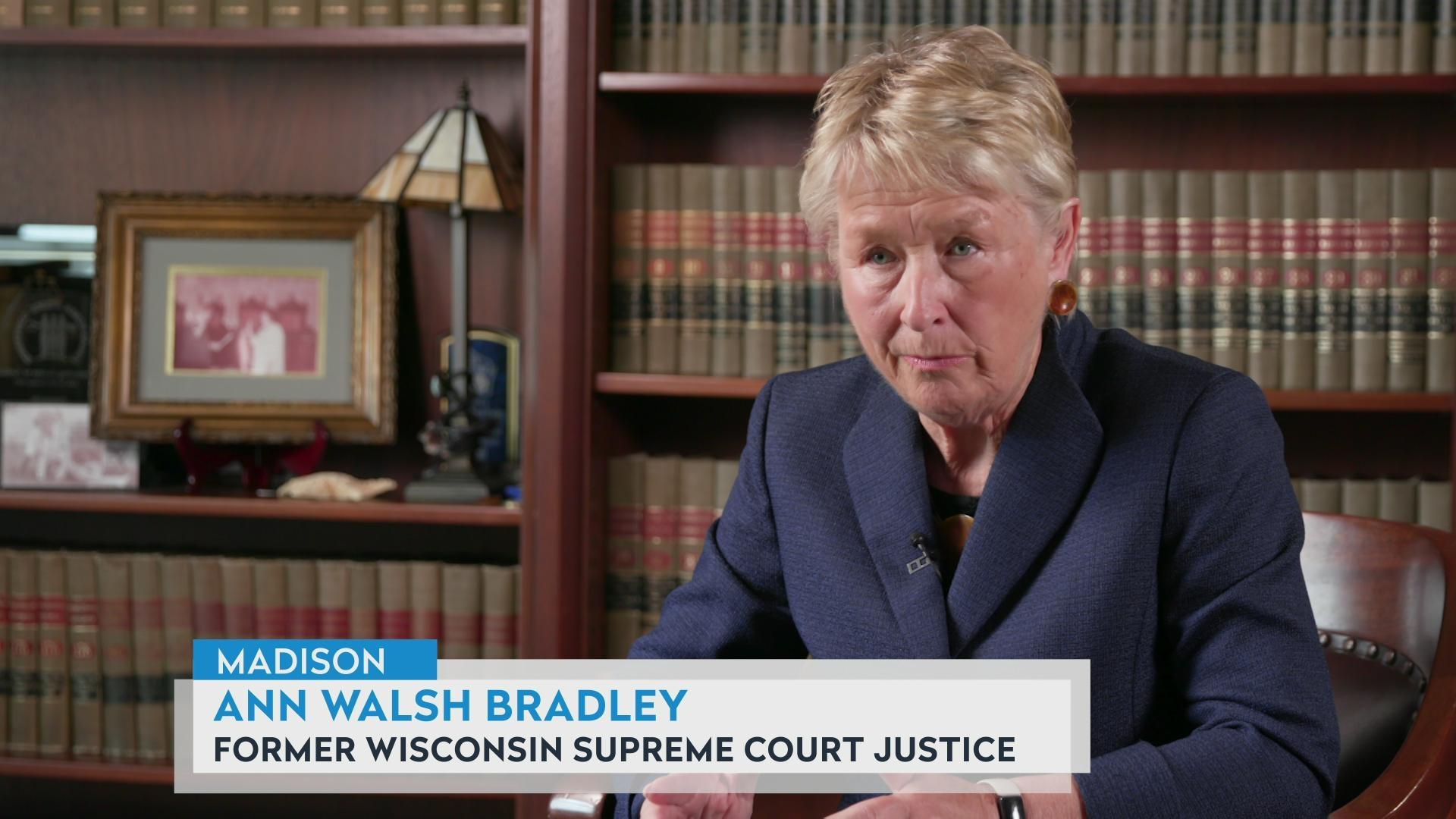
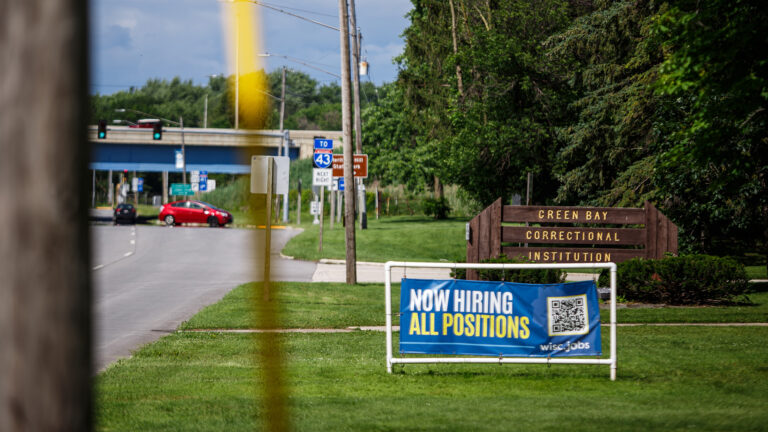

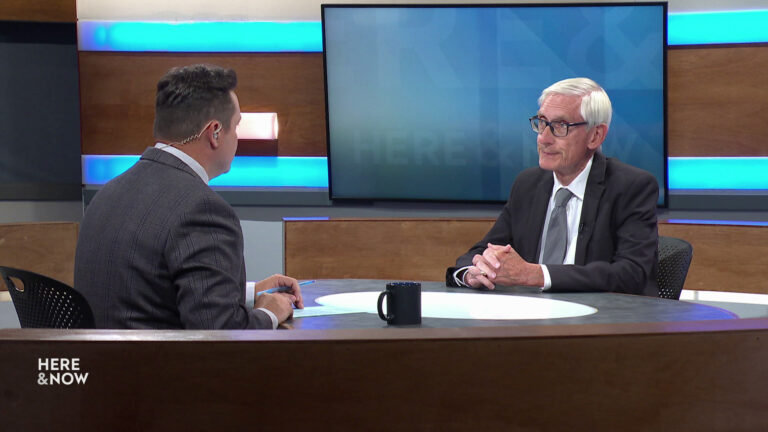
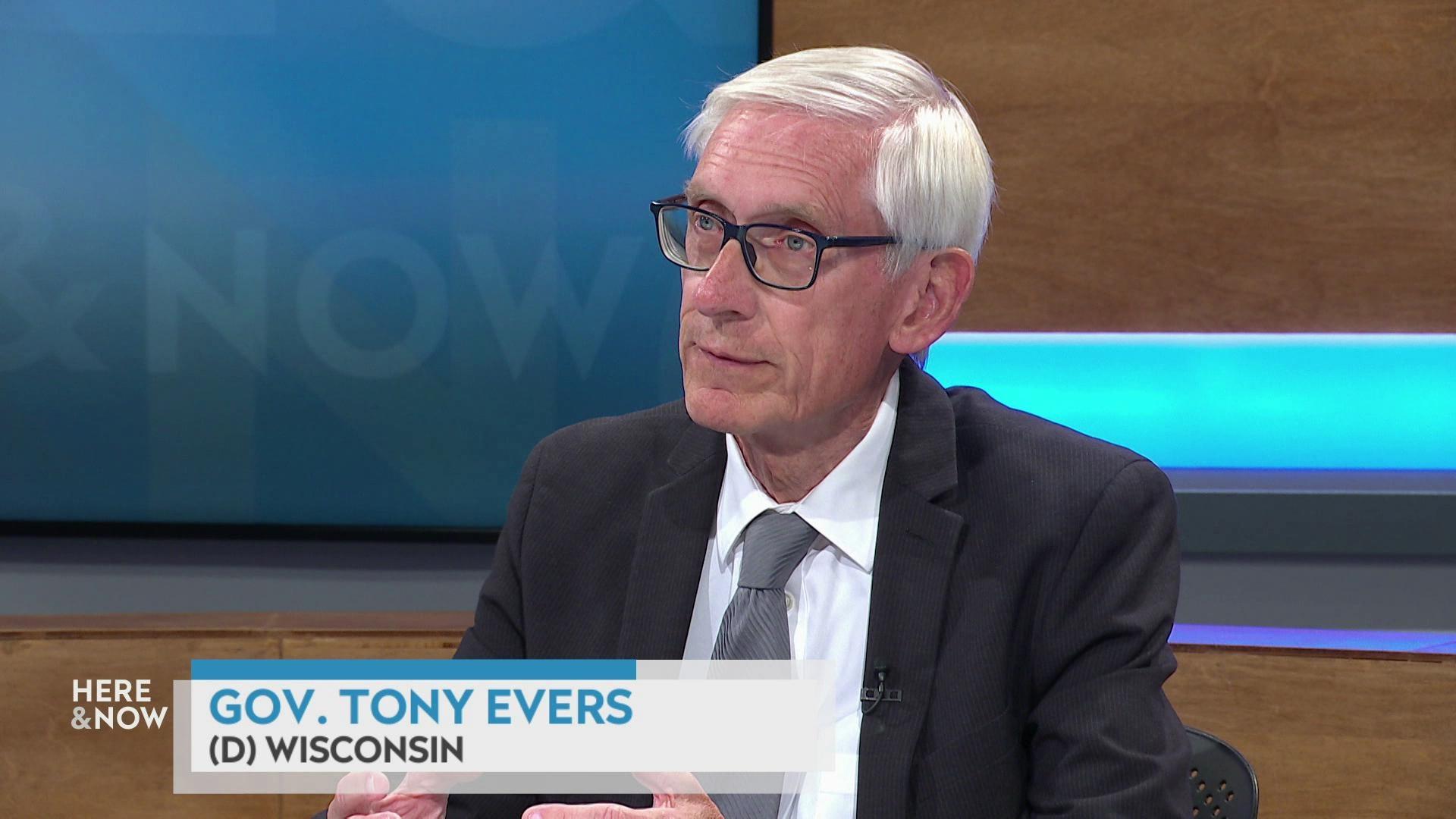

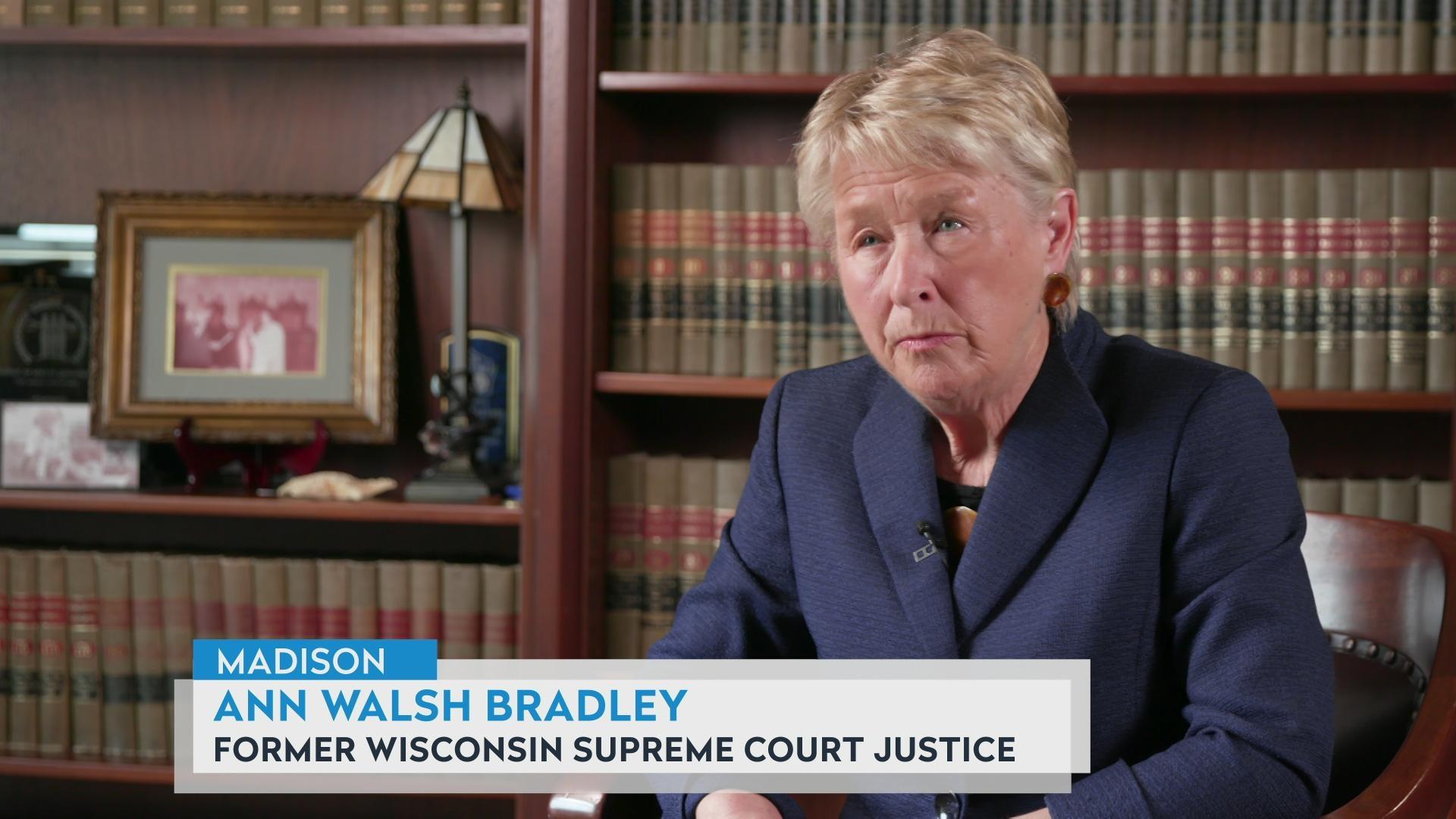
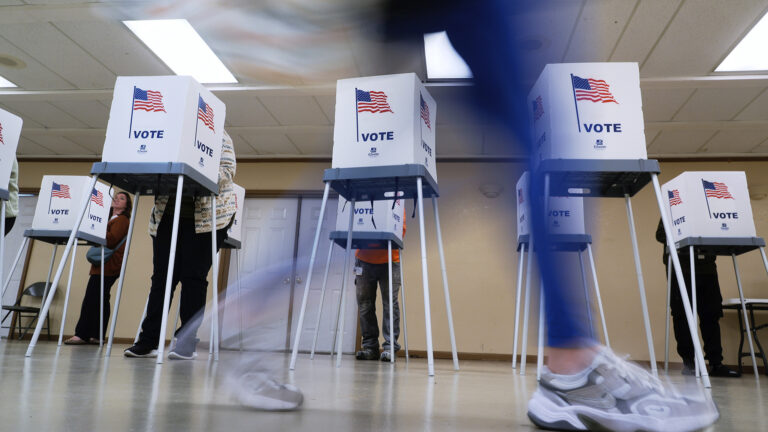

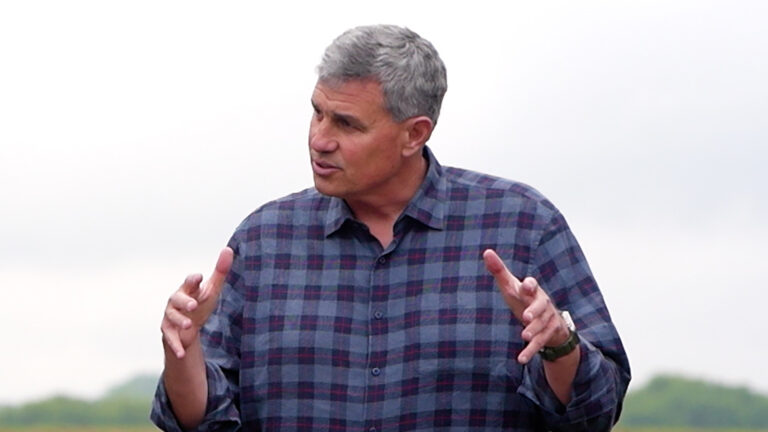
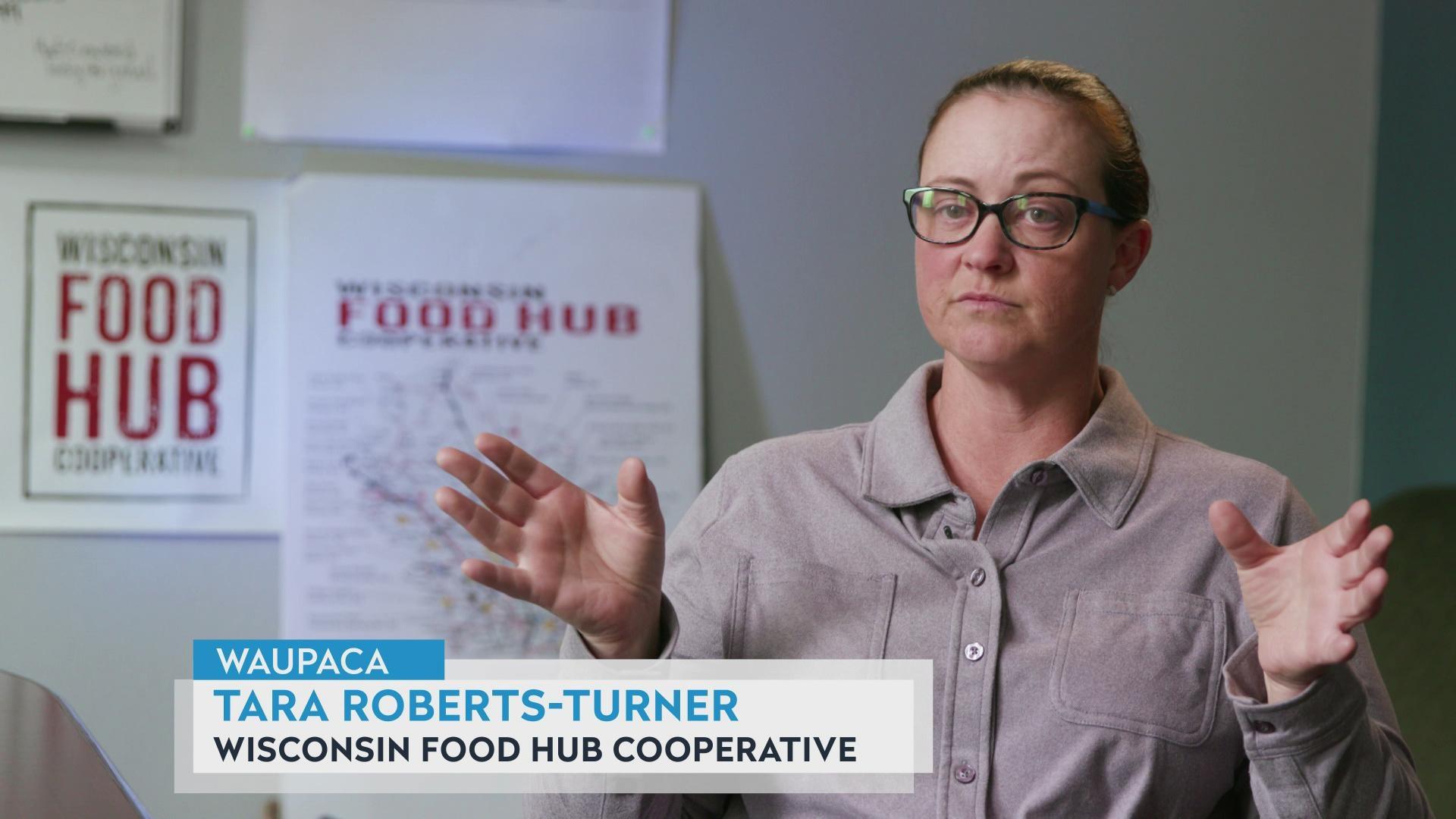

Follow Us